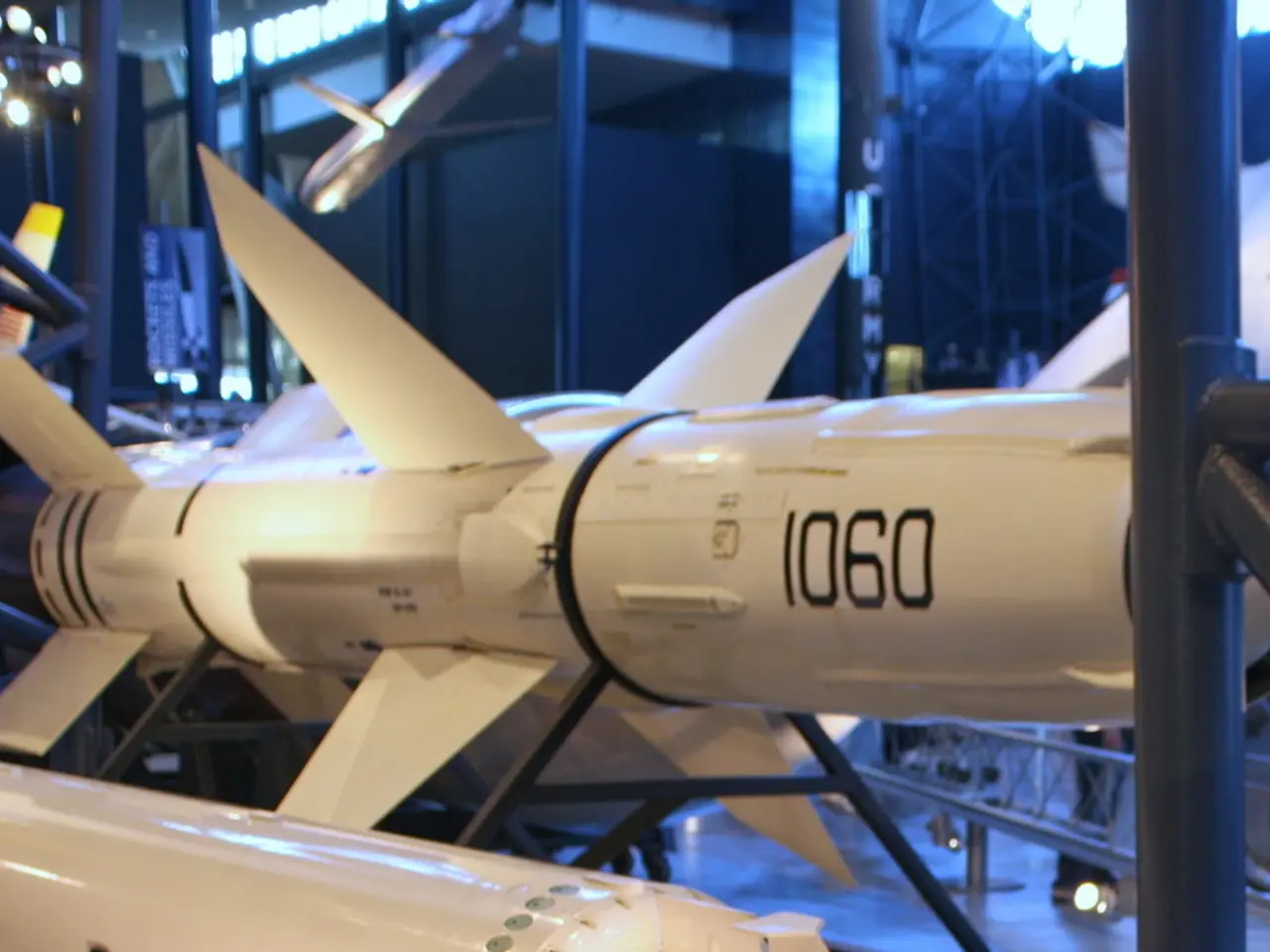Rocket Exhaust - Definition and Comprehensive Overview - Aerospace Terminology and Propulsion Dictionary
In the realm of space travel, rocket nozzles play a pivotal role in propelling spacecraft towards the cosmos. These crucial components are responsible for accelerating and directing the flow of exhaust gases, generating the thrust necessary for rocket propulsion.
Rocket nozzles are typically made from high-strength alloys and ceramics due to their ability to withstand extreme temperatures and pressures. The materials used in their construction are subjected to significant thermal stress during operation, which can cause degradation. Developing materials that can withstand these extreme conditions is a major challenge in rocket nozzle design.
The shape of a rocket nozzle, most commonly the convergent-divergent (CD) nozzle, determines the engine's performance by accelerating and expanding the exhaust stream. This design, based on the principles of fluid dynamics and thermodynamics, optimizes aerodynamic performance to maximize thrust and specific impulse.
Designing a nozzle that can adapt to changing altitudes and maintain optimal performance is a significant challenge. The manufacturing process involves shaping and machining the nozzle to exact specifications, using advanced machining techniques and high-temperature materials.
The choice of rocket nozzle type depends on the specific requirements of the rocket engine and the mission it is intended for. Other types include the convergent nozzle, plug nozzle, and aerospike nozzle, each with unique designs and characteristics. For instance, the developer of the Aerospike rocket engine type is Thomas Markusic, an engineer who founded Firefly Space Systems in January 2014 and designed the first rocket stage with an engine featuring twelve combustion chambers in an aerospike arrangement.
The operation of a rocket nozzle is straightforward: high-pressure, high-temperature gases are converted into high-velocity exhaust, generating thrust. This conversion is crucial for spacecraft to overcome Earth's gravity and venture into the unknown.
Achieving optimal aerodynamic performance in rocket nozzles is crucial for maximizing thrust and specific impulse. The design and development of rocket nozzles require a multidisciplinary approach that combines expertise in fluid dynamics, thermodynamics, materials science, and manufacturing technology.
Rocket nozzles come in various shapes and sizes, depending on the rocket engine's requirements and the mission. Whether it's a mission to Mars or a satellite deployment, the design of the rocket nozzle plays a crucial role in determining the overall efficiency and performance of the rocket engine.
In conclusion, rocket nozzles are the unsung heroes of space travel, converting high-pressure, high-temperature gases into high-velocity exhaust, generating the thrust necessary for rocket propulsion. Their design, development, and manufacturing are complex tasks that require a deep understanding of various scientific disciplines and advanced materials technology. As we continue to push the boundaries of space exploration, the importance of these components will only grow.
Read also:
- Senate Tillis under spotlight in North Carolina as IRA tax incentives remain uncertain
- projected growth for the natural acetoin market: $291.6 million by 2034
- Latest Edition of Bus-News Magazine Arrives for 2023!
- Testing the Camp Mode of the 2025 Tesla Model Y with Juniper's interior housing two kids, shockingly low CO2 levels were discovered.








